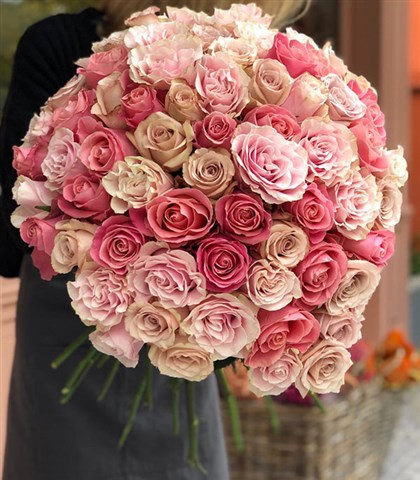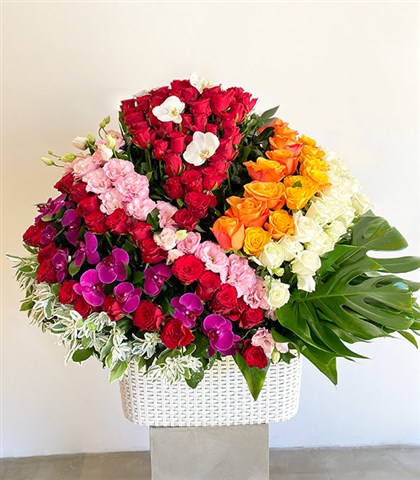Equatorial rose, which is among the indispensables of special moments, is among the flowers that almost every woman admires. If you are wondering about this special flower, which symbolizes love, affection and passion with its noble stance, which is especially suitable for celebrations, you should take a look at our content.
Roses are among the flowers most preferred by people to reflect their feelings and thoughts. Although there are many types and colors among itself, the Ecuadorian rose, which attracts great attention and cannot open a door with its fascination, has a completely different place. Get ready to excite your loved ones with these special flowers that attract attention with their different colors!
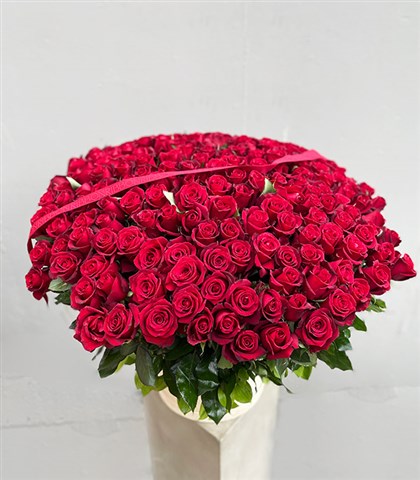
What is the Equatorial Rose?
Roses, which have become the symbol of love and passion; sometimes apology and sometimes declaration of love flowers can be counted. Probably the number of women who say "I don't like roses" is close to zero. Among these roses that make women of all ages smile and make them happy at unexpected moments, there is such a species that it should be at the top of the list of preferences.
Spouse, lover, mother, sister, in short, that famous flower that will be enough to make all the women in your life happy and that is mentioned frequently is none other than the Equator rose. So, what is the Equatorial rose and why does it differ from other rose varieties? In fact, the answer to the question is hidden in the name of the flower. It is only one of 500 types of flowers grown in Ecuador, one of the South American countries.
This type of special flowers, which are increasing in popularity with their unique features, also play a role in the customs of asking a girl. If you are looking for a witness to those special moments where you will take a step to share your life with the woman you love, you should definitely take a look at the most elegant Ecuadorian rose bouquets.
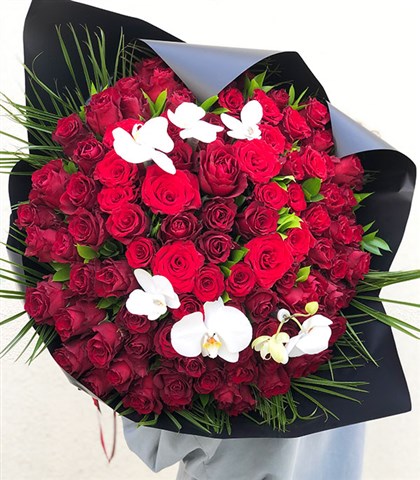
Equatorial Rose Features
Equatorial rose, which has a special place among the rose varieties, is distinguished from the others in terms of both growth and appearance. These special roses, which are often referred to as roses but accepted as symbols of love and affection, are among the most preferred flowers in the world. Although there are different color options, the red ones are the types that attract great attention.
If the equatorial rose is taken to the close mark in terms of its features, the most striking points are as follows:
- Since it grows in Ecuador, it is a flower that grows by taking direct sunlight at any time of the year.
- Compared to other rose varieties, they have a stronger and more solid structure.
- Even after cutting, the growth and flowering phases continue.
- The Equatorial rose, which is purchased in bud form, continues to bloom if it is kept in a vase with water. In other words, it does not rot or fade like classical roses.
- There are more than 40 shades of red, but there are also options such as pink, purple, orange.
Branch and lamp lengths are different from other roses. The lamps of these special roses, which have a branch length in the range of 50 - 120 cm, also vary between 7 and 10 cm.
Since the leaf structure is larger than other roses, they often need irrigation and moistening.
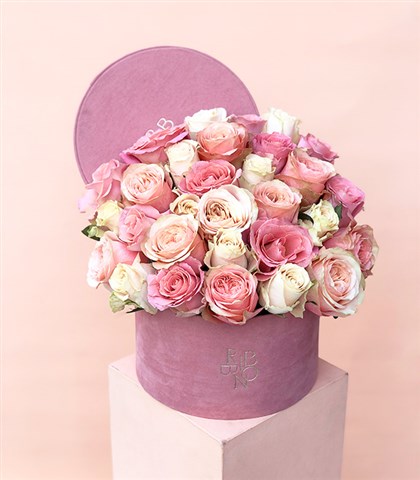
How to Care for the Equatorial Rose?
Equatorial rose varieties are usually taken in a bouquet or vase. Since it is the type of rose that can live the longest in a vase, it will preserve its vitality and beauty for a long time if it is well cared for. The first thing to be considered during the maintenance phase for the Equatorial rose varieties, whether they are in bloom or in bud form, is the need for water.
It will be sufficient to fill the preferred vase halfway with water. However, in order to prevent bacteria from forming in the water and harming the rose, it must be renewed every two days. At the same time, regular moistening with water should be done for lamps and branch tips that do not come into contact with water. On the other hand, due to their natural light-loving structures, they should be kept in light-receiving points.
